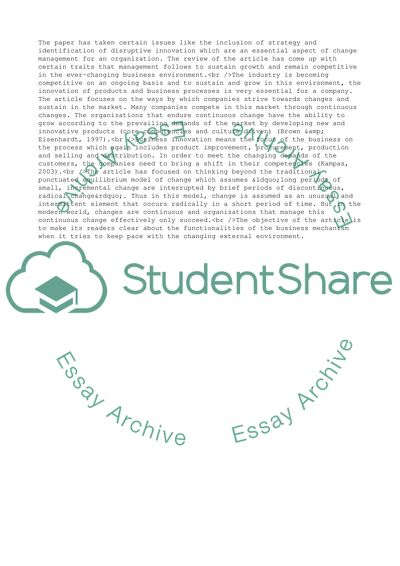Cite this document
(Linking Complexity Theory and Time-Paced Evolution Article, n.d.)
Linking Complexity Theory and Time-Paced Evolution Article. https://studentshare.org/management/1744387-short-paper-assignment-1
Linking Complexity Theory and Time-Paced Evolution Article. https://studentshare.org/management/1744387-short-paper-assignment-1
(Linking Complexity Theory and Time-Paced Evolution Article)
Linking Complexity Theory and Time-Paced Evolution Article. https://studentshare.org/management/1744387-short-paper-assignment-1.
Linking Complexity Theory and Time-Paced Evolution Article. https://studentshare.org/management/1744387-short-paper-assignment-1.
“Linking Complexity Theory and Time-Paced Evolution Article”. https://studentshare.org/management/1744387-short-paper-assignment-1.


